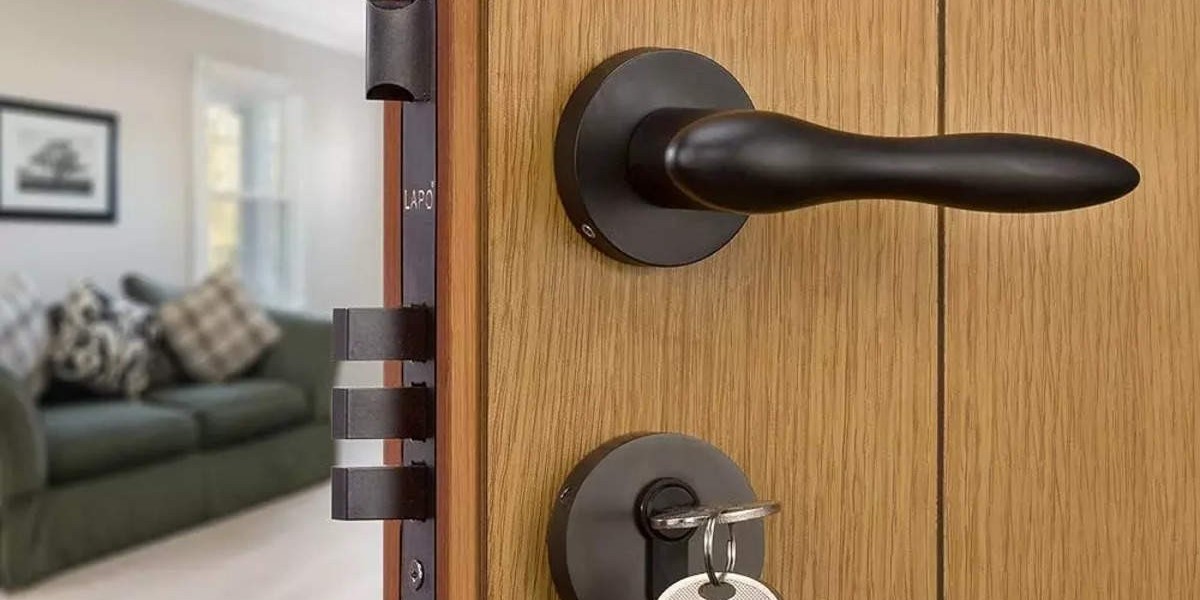As temperatures rise and the demand for energy-efficient cooling solutions increases, homeowners and businesses are looking for the best air conditioning options. Three popular choices in modern cooling technology include multi split unit air conditioning systems, air conditioning heat pumps, and VRF cooling systems. Understanding how these systems work and their benefits can help you select the right one for your needs.
Multi-Split Unit Air Conditioning Systems: Versatile and Efficient
Multi-split unit air conditioning systems are an excellent solution for homes and commercial spaces that require cooling in multiple rooms without the need for extensive ductwork. These systems consist of a single outdoor unit connected to multiple indoor units, allowing for independent temperature control in each room.
Benefits of Multi-Split Unit AC Systems:
- Energy Efficiency: Only the rooms that need cooling are powered, reducing energy consumption.
- Space-Saving Design: Requires less outdoor space compared to traditional split AC units.
- Flexible Installation: Ideal for homes or offices where ductwork is not feasible.
- Individual Room Control: Each unit operates independently, providing customized comfort.
Air Conditioning Heat Pumps: All-Season Comfort
An air conditioning heat pump is a dual-function system that provides both cooling and heating, making it an energy-efficient choice for year-round climate control. Unlike traditional air conditioners, heat pumps work by transferring heat rather than generating it, which significantly reduces energy costs.
Why Choose an Air Conditioning Heat Pump?
- Heating and Cooling in One System: No need for a separate furnace or heater.
- Energy Savings: Uses less electricity compared to conventional heating systems.
- Eco-Friendly: Reduces carbon footprint by utilizing renewable energy sources.
- Consistent Comfort: Maintains stable indoor temperatures regardless of outdoor conditions.
VRF Cooling: The Future of Smart Climate Control
Variable Refrigerant Flow (VRF) cooling is an advanced air conditioning technology that dynamically adjusts the flow of refrigerant to different indoor units based on demand. This system is widely used in commercial buildings, hotels, and high-end residential properties.
Advantages of VRF Cooling Systems:
- Precision Cooling: Adjusts cooling levels based on occupancy and load, optimizing efficiency.
- Quiet Operation: Unlike traditional HVAC systems, VRF systems run quietly, making them ideal for offices and hotels.
- Zone Control: Different areas can be cooled at different temperatures simultaneously.
- Longer Lifespan: Due to reduced wear and tear, VRF systems tend to last longer than traditional systems.
Choosing the Right System for Your Needs
When selecting between a multi-split unit air conditioning system, an air conditioning heat pump, or a VRF cooling system, consider factors such as energy efficiency, installation costs, and the specific needs of your space.
- For residential homes or small offices, a multi-split unit system provides flexibility and independent temperature control.
- For areas that require both heating and cooling, an air conditioning heat pump offers an efficient, all-in-one solution.
- For larger buildings with multiple zones, a VRF cooling system ensures optimal efficiency and comfort.
Investing in the right air conditioning system enhances comfort while reducing energy consumption and operational costs. By understanding the benefits of these modern cooling solutions, you can make an informed decision that suits your specific climate control needs.








